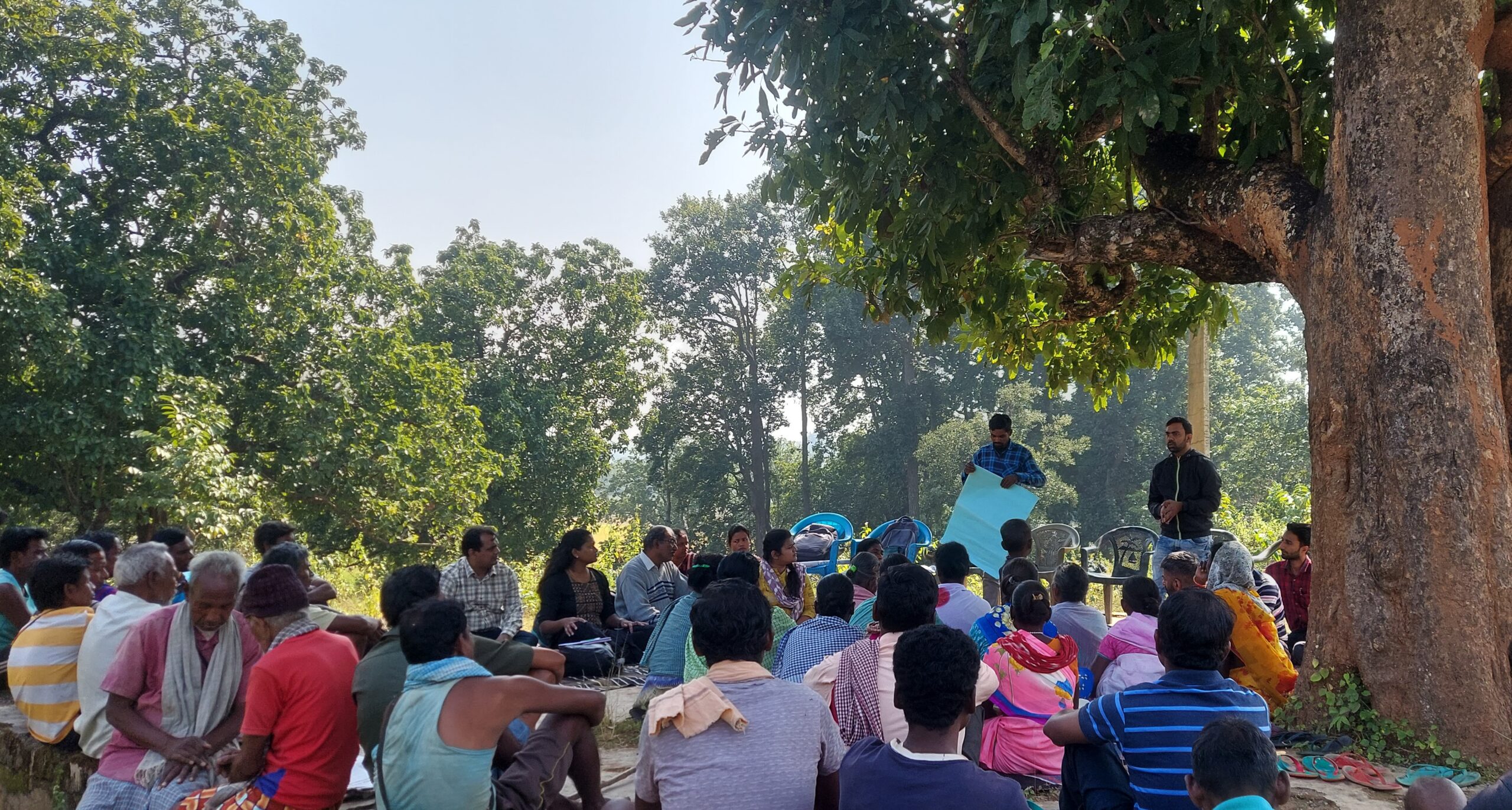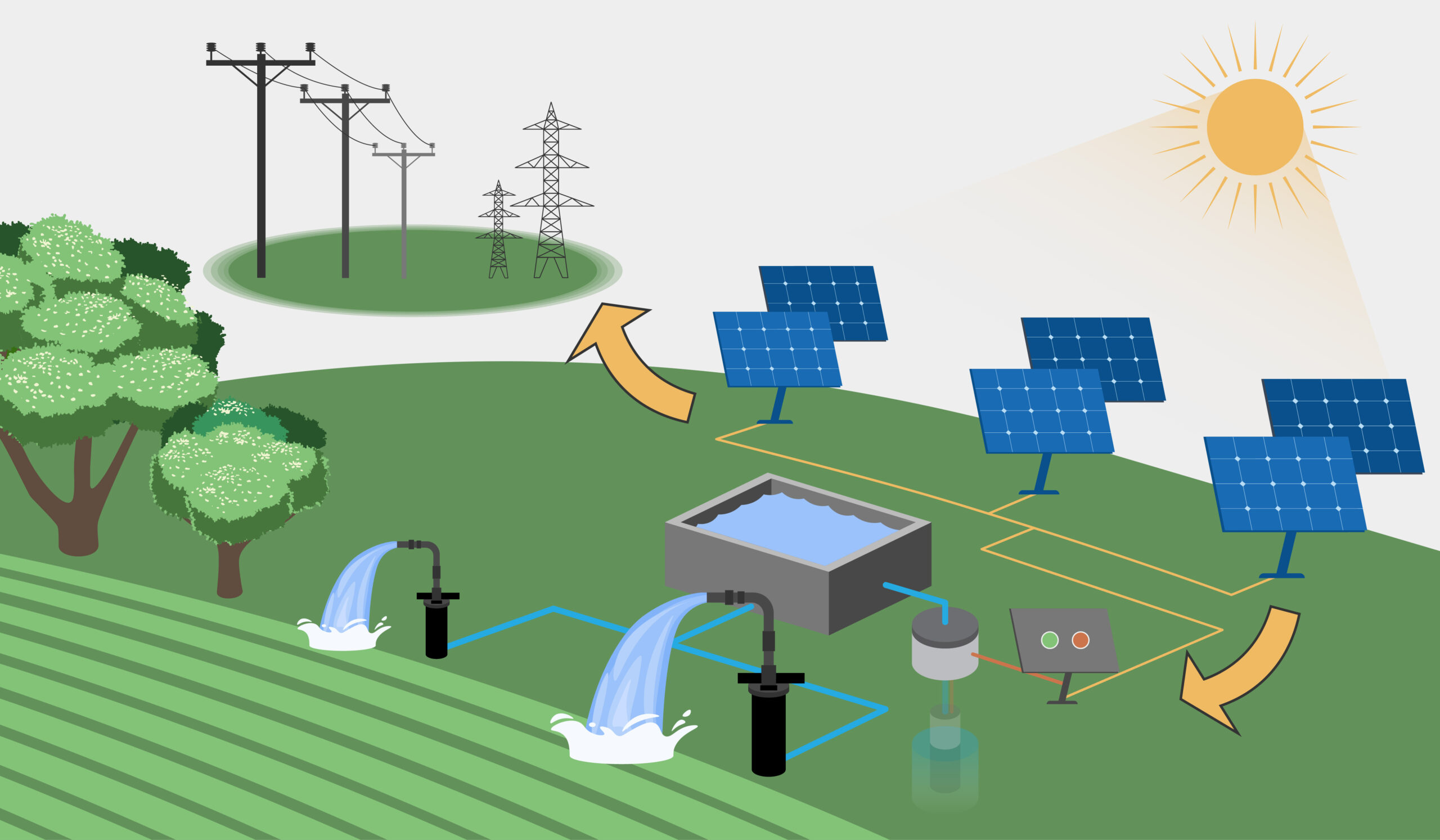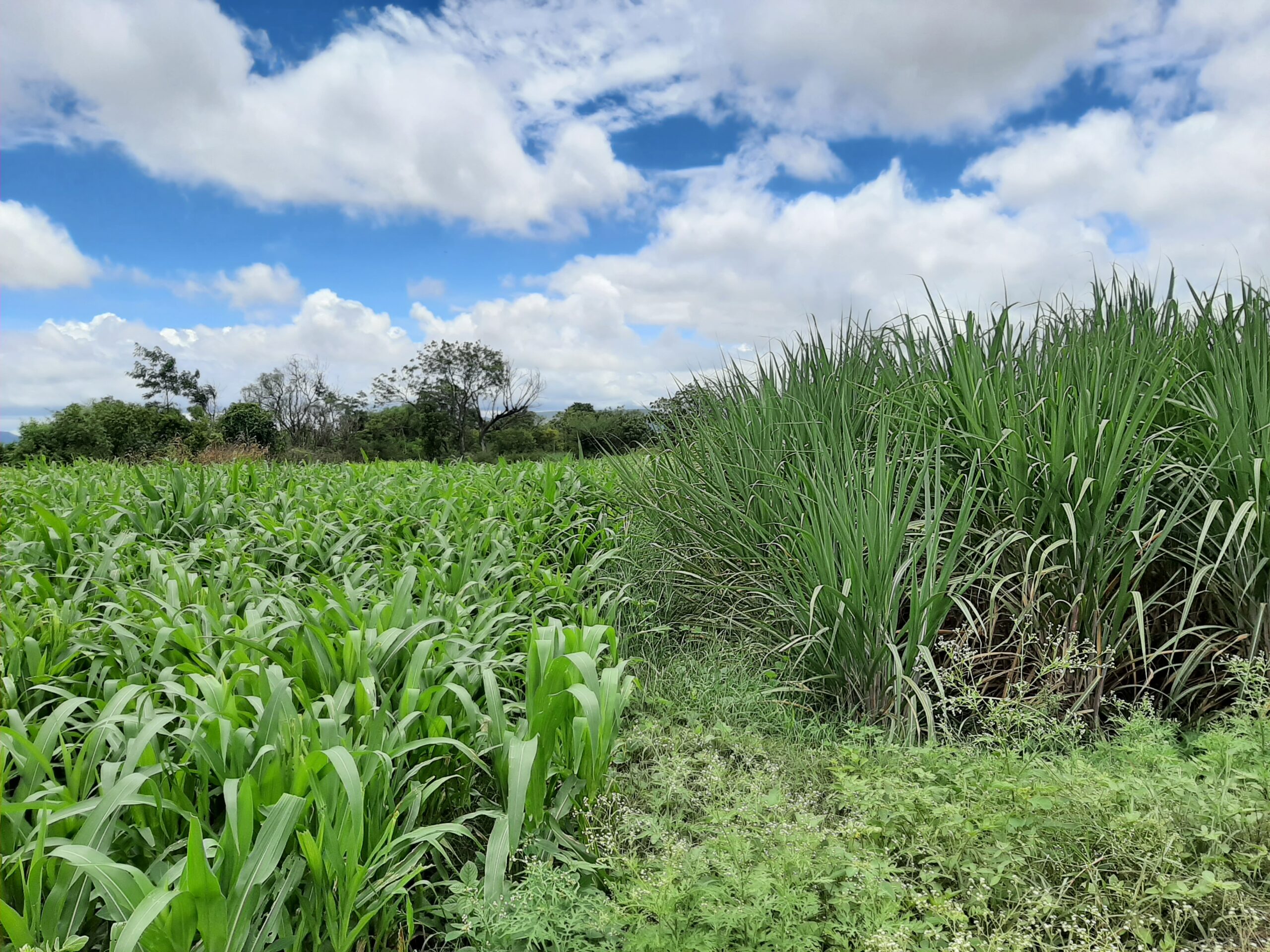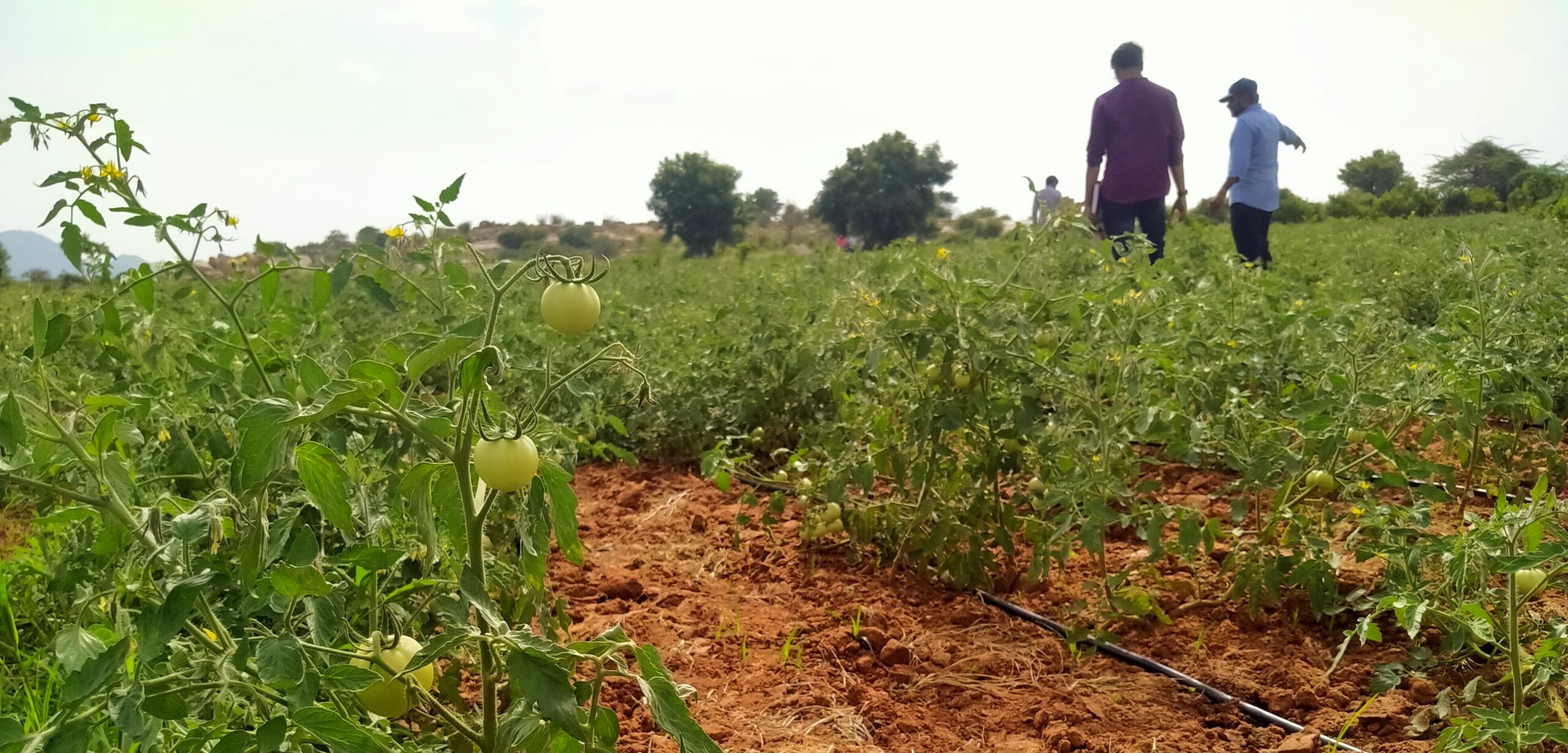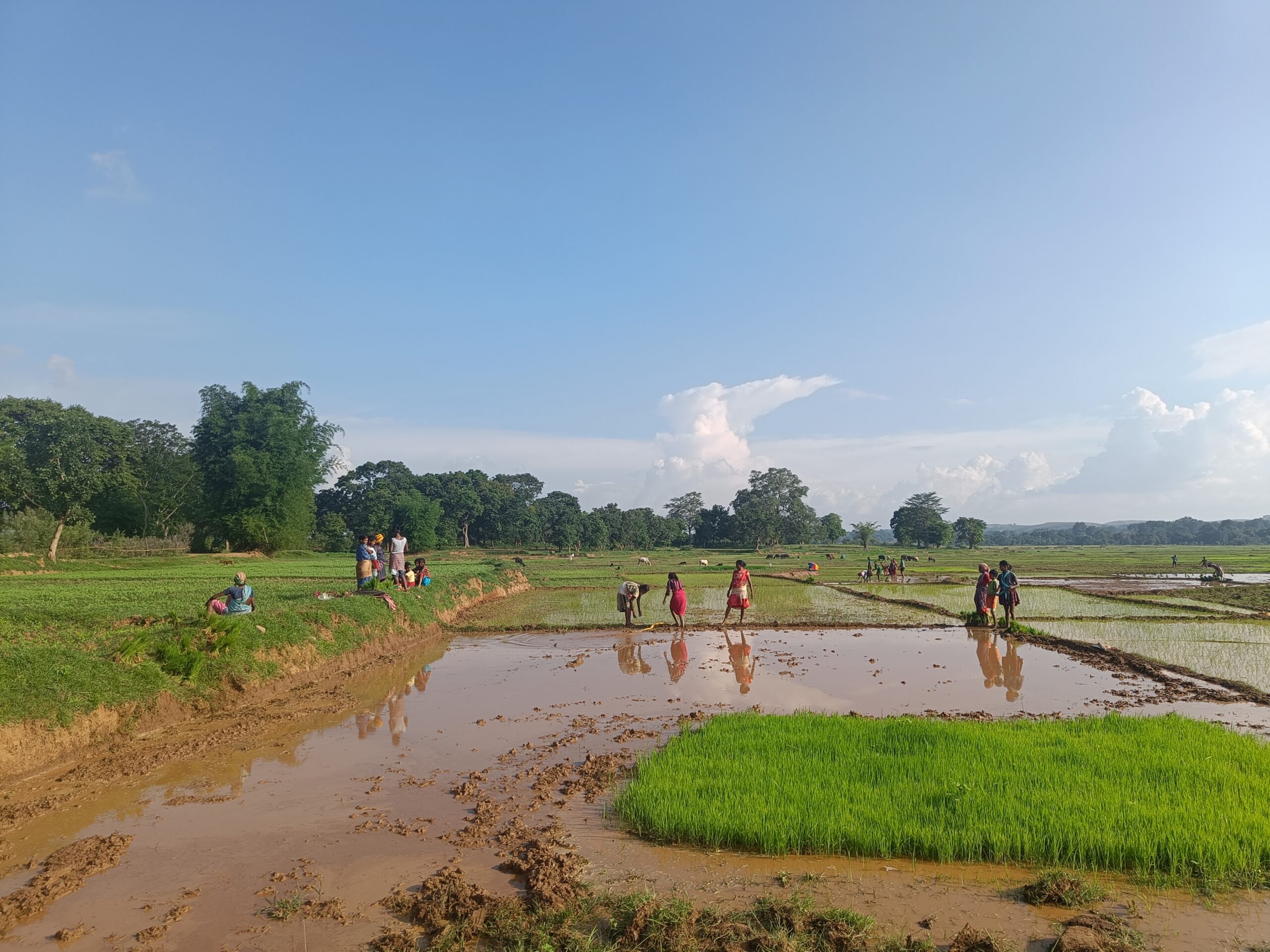The Odisha Sandbox: Advancing the Green Rural Economy Through a Place-Based Approach
Gram Swabhiman meeting with Socratus Foundation and Goonj in Mahakalpara block, Kendrapara, Odisha. Credit: Shivangi Behera
Much like a literal sandbox one would find in a children’s park, the term is also used to describe a small and contained site for safe experimentation. It’s a framework that has gained popularity across sectors because it is designed to allow for the testing of new ideas, approaches, and technologies in a real-world setting within the controlled parameters of a particular geography. This environment encourages innovation and iterative development while managing risks and ensuring that solutions are practical and scalable.
Over the past few months, we have been working to integrate the sandbox concept with the Green Rural Economy initiative.
The GRE is a consortium-led programme that spans the creation of playbooks and the facilitation of events to bring together those in need of resources and services with those who have it. The goal is to document and disseminate knowledge more widely and act as a services interface for civil society organisations.
We have partnered with the Socratus Foundation for Collective Wisdom to initiate the Odisha Sandbox.
This is an important step in the development of the platform as it enters a new state and adopts a new approach, while continuing to advance GRE’s core vision of integrating sustainable practices with economic development. In this blog, we explain our work in Odisha and what the sandbox concept entails in the context of supporting GRE’s ability to improve access to resources and effectively address the problems faced by rural and tribal communities.
Odisha faces the risk of extreme weather events and is home to vulnerable coastal, tribal and rural populations.
In the face of escalating climate challenges, there is an urgent need to rethink economic models, particularly in rural areas where the impacts of environmental degradation and distress migration are acutely felt. Given the diversity of landscapes and challenges, a place-based approach is necessary to understand the region and the people who inhabit it, and explore future pathways that could see rural Odisha flourish.
The Odisha Sandbox addresses the multifaceted nature of sustainable development, recognising that economic activities must be in harmony with environmental stewardship and social equity.
By sandbox, we mean to describe a method that entails:
- Controlled testing environment where stakeholders can pilot new initiatives without the constraints of traditional regulatory and operational barriers enabling more agile and experimental approaches to solving complex problems.
- Place-based approach to ensure that the solutions developed are not only innovative but also relevant and effective in addressing the specific needs of rural landscapes and communities.
- Iterative development to allow projects to be refined based on feedback and observed outcomes. This helps in identifying and addressing potential issues early, leading to more robust and effective solutions.
- Collaboration and knowledge sharing among diverse stakeholders, including local communities, experts, and organisations, to exchange insights, resources, and best practices.
- Risk management to allow stakeholders to explore new ideas without exposing them to significant risks, ensuring that only the most promising solutions are scaled up.
- Scalability and replication across different regions or contexts.
Read | The Launch of a Consortium-Led Platform to Build Green Rural Economies
The Odisha Sandbox (OSB) operates within distinct geographic areas, each with its own set of challenges and opportunities.
Odisha’s coastal regions are characterised by rich biodiversity, particularly mangrove forests, which play a critical role in coastal protection and carbon sequestration. However, these areas are vulnerable to climate change impacts such as rising sea levels, cyclones, and saltwater intrusion.
The OSB focuses on sustainable coastal management practices, including mangrove restoration, community-based fisheries, integrated farming systems, and eco-tourism, to enhance resilience and livelihood opportunities.
The rural heartlands of Odisha are predominantly agrarian, with smallholder farmers forming the backbone of the local economy.
Here, the OSB promotes sustainable agricultural practices, agroforestry, and renewable energy solutions. By integrating traditional knowledge with modern innovations, the OSB aims to improve food security, increase income, and reduce environmental degradation.
Tribal communities in Odisha possess a wealth of indigenous knowledge and practices that are intrinsically sustainable. However, these areas often face socio-economic marginalisation.
The OSB works to empower tribal communities through initiatives that support biodiversity conservation, sustainable forestry, and the revival of traditional crafts. Ensuring the active participation of tribal people in decision-making processes is a key focus, fostering a sense of ownership and agency.
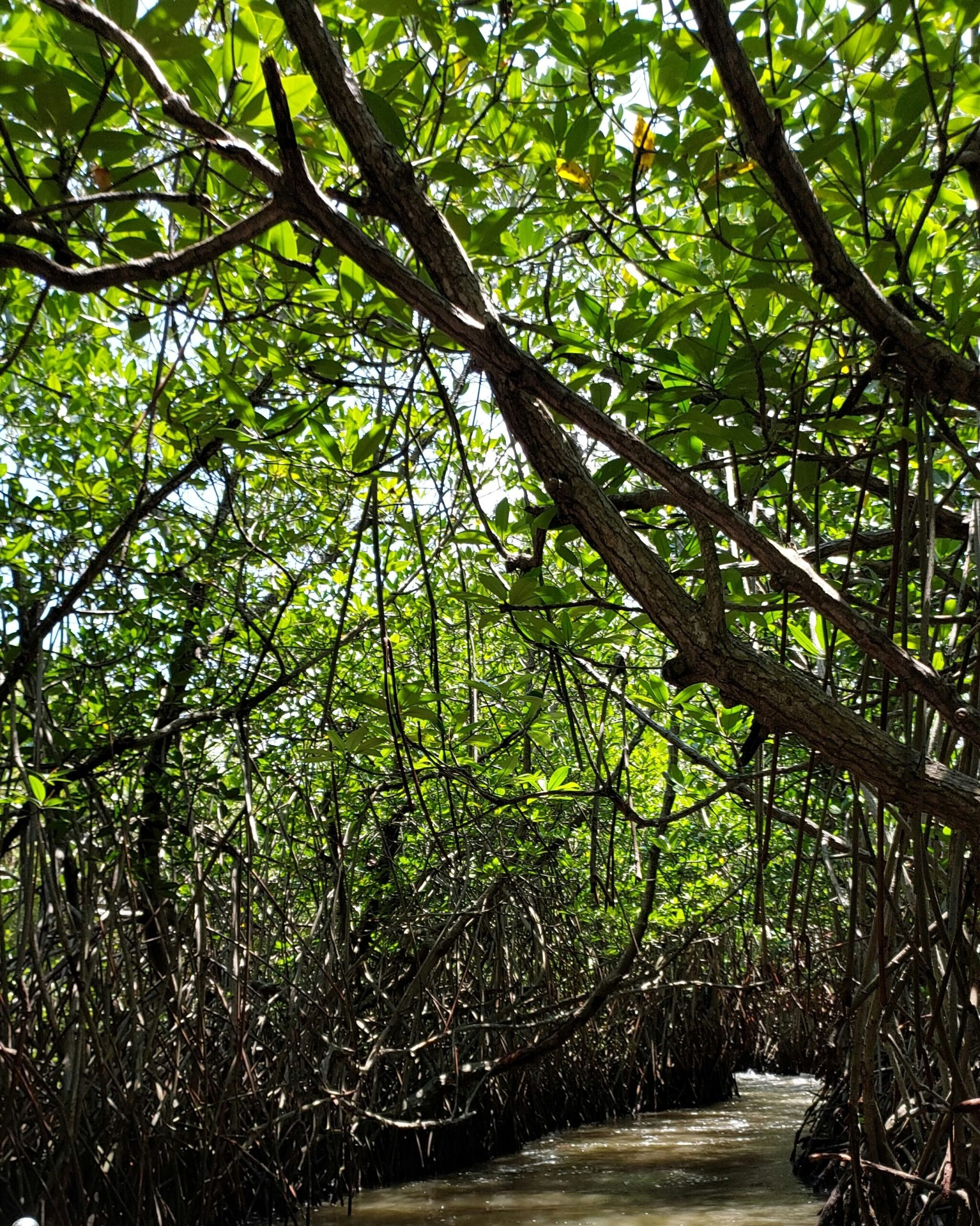
Mangrove forests play a critical role in coastal protection and carbon sequestration. They are vulnerable to climate change impacts such as rising sea levels, cyclones, and saltwater intrusion. Representative photo. Credit: Photo by Matheenulla Khan on Unsplash
The success of the Odisha Sandbox hinges on robust partnerships across sectors. Key partners include Nature’s Club; Livelihood Alternatives; ST & SC Development, Minorities & Backward Classes Welfare Department; and various civil society organisations. These collaborations enable the pooling of resources, expertise, and networks, amplifying the impact of GRE initiatives. Many more NGOs and community-based organisations contribute to the OSB ecosystem. These entities bring on-the-ground insights and facilitate the participatory approach that is central to the GRE model.
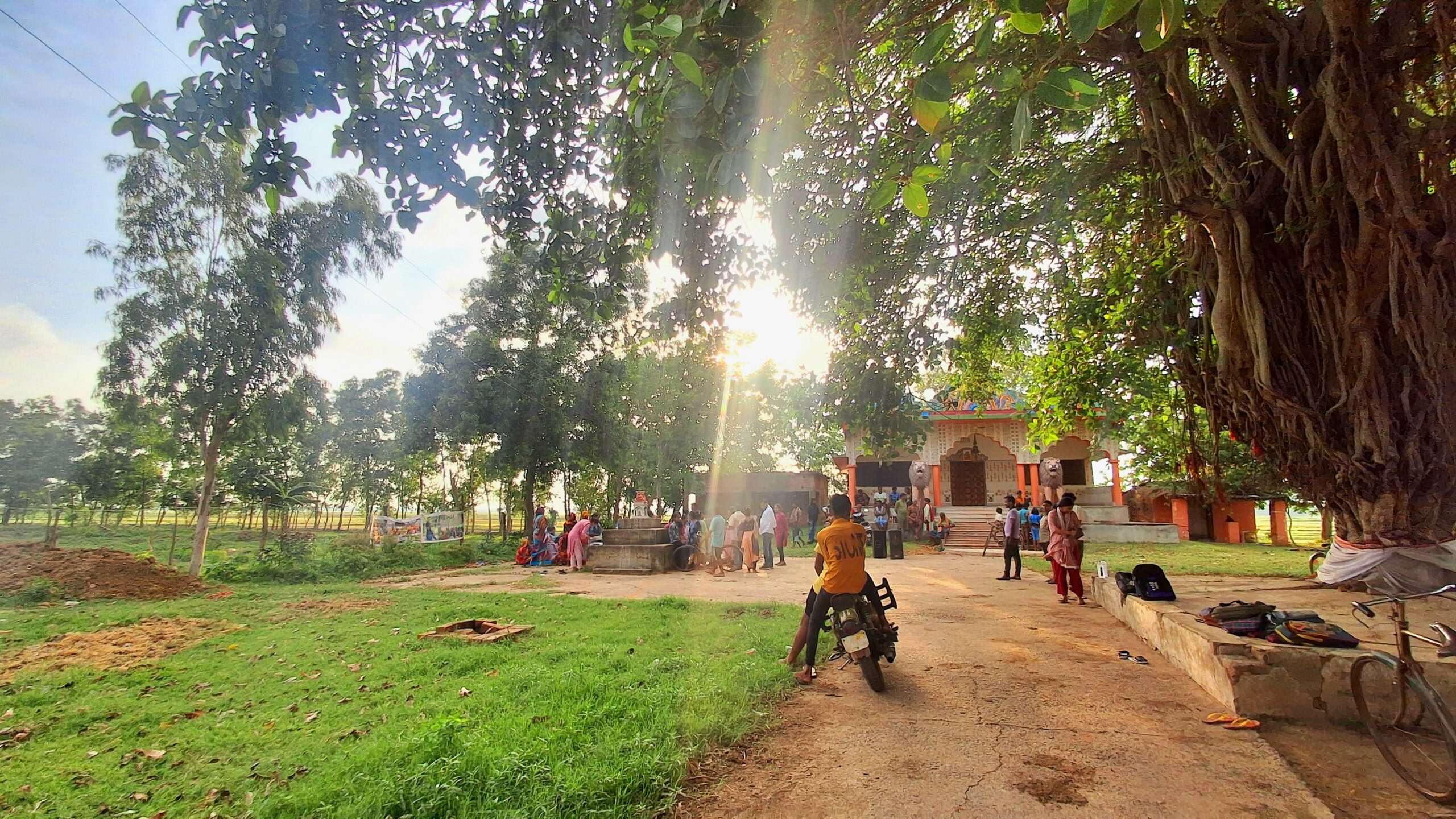
Sun shines through after a rainy afternoon in Mahakalpara block, Odisha. Credit: Shivangi Behera
The GRE platform can be imagined to become the backbone of the Odisha Sandbox.
The platform could provide a comprehensive suite of tools and resources from trusted partners to support sustainable development initiatives. It acts as a repository for local knowledge, best practices, and innovative solutions, enabling stakeholders to learn from each other and replicate successful models.
Knowledge sharing: Through workshops, webinars, and digital platforms, the GRE platform facilitates the exchange of ideas and experiences among practitioners, academics, and community members. This continuous learning environment helps to refine and adapt strategies to local contexts.
Demand signalling: The GRE platform captures user demand through the Help Request forms and the local partnerships within sandboxes like the OSB. This helps inform the curation and onboarding of solution providers that can respond to the community’s needs.
Solution sourcing: The GRE platform is instrumental in sourcing demand-driven solutions. By engaging with communities to identify their needs and aspirations, the platform ensures that interventions are relevant and impactful. This demand-driven approach fosters greater community ownership and sustainability of projects.
The Odisha Sandbox will continue to evolve, expanding its reach and deepening its impact.
Future directions include:
- Scaling up successful solution models to reach more communities and regions.
- Exploring new financing mechanisms, such as green bonds and impact investments, to support sustainable projects and enterprises.
- Deepening community engagement to ensure that solutions reach and positively impact the last mile.
- Replicating the learnings from the Odisha Sandbox to initiate sandboxes in other regions.
The Odisha Sandbox has the potential to build resilience among the State’s vulnerable populations by identifying and leveraging the strengths of local actors and fostering collaboration. Crucially, the programme also integrates ecological, economic, and social aspects for more holistic and sustainable development in the region. As we continue to build on this foundation, the vision of a Green Rural Economy becomes even more attainable, signalling that other regions facing similar challenges could also prioritise a place-based approach to pool people and resources with the aim to solve region-specific problems.
Stay tuned for upcoming case studies on the ways in which the Odisha Sandbox has brought together diverse stakeholders to create tangible impact!
Are you an organisation based out of Odisha working on climate resilient rural development solutions in the state? Reach out to us at shivangi@greenruraleconomy.in.
Edited by Kaavya Kumar
Proofread by Ananya Revanna
Published by Anika Choudhary
If you would like to collaborate, write to us. We would love to hear from you.
Follow us and stay updated about our work:


